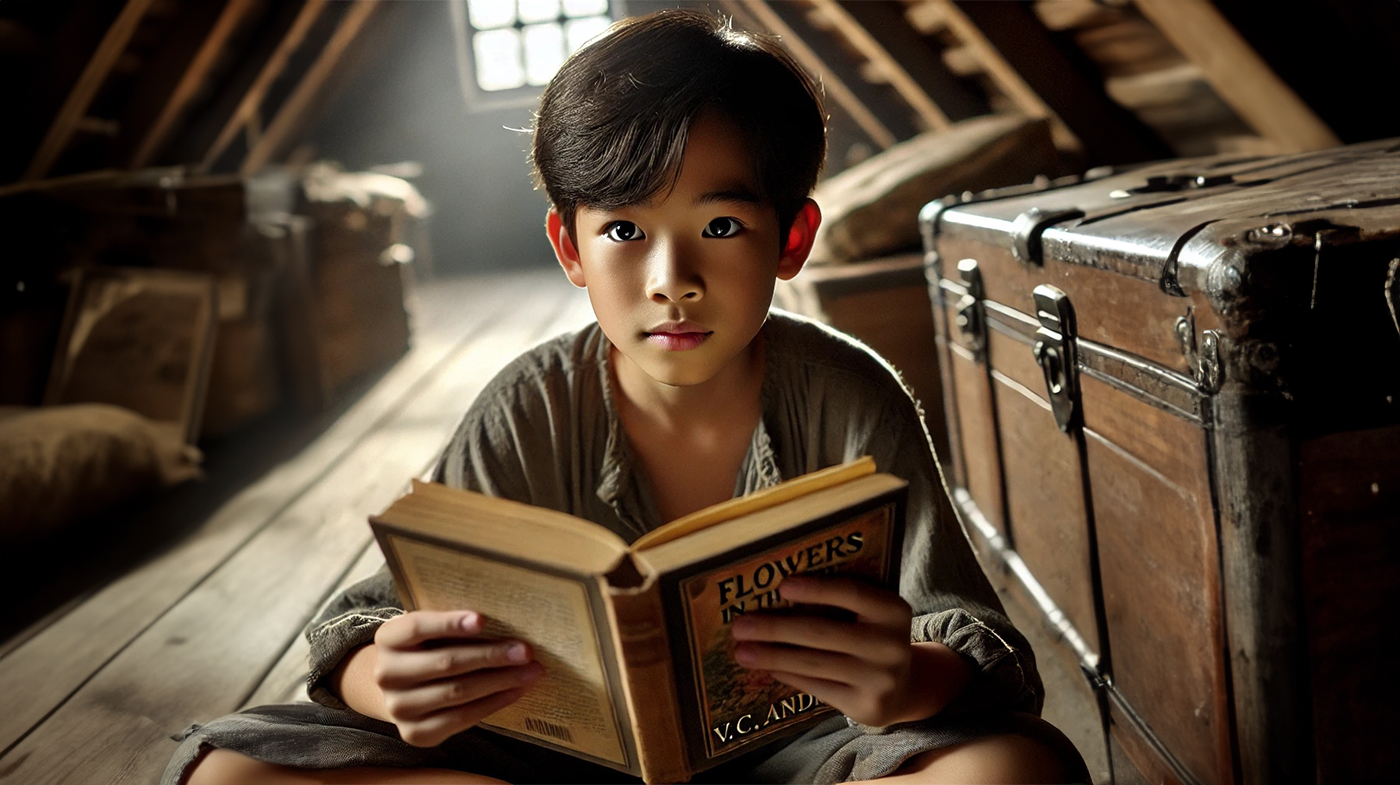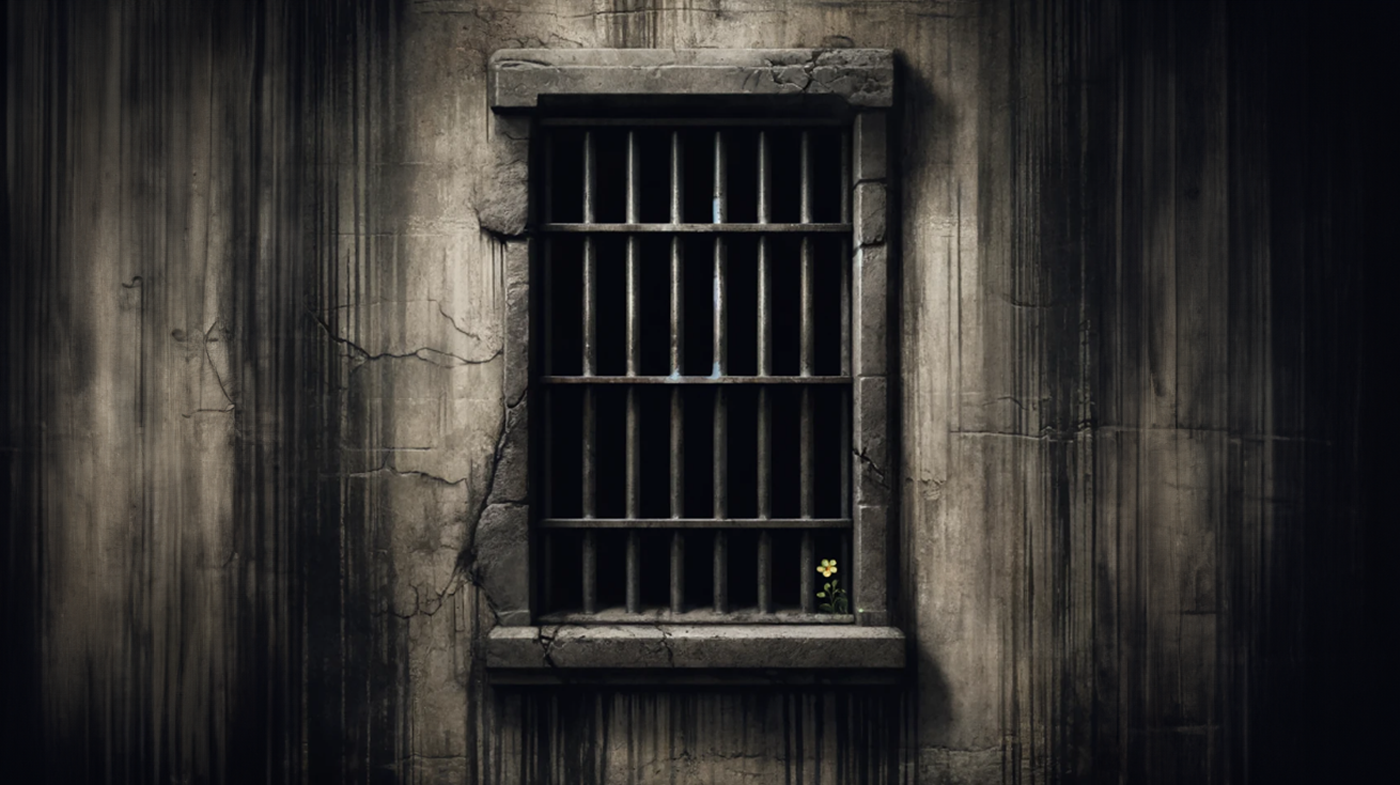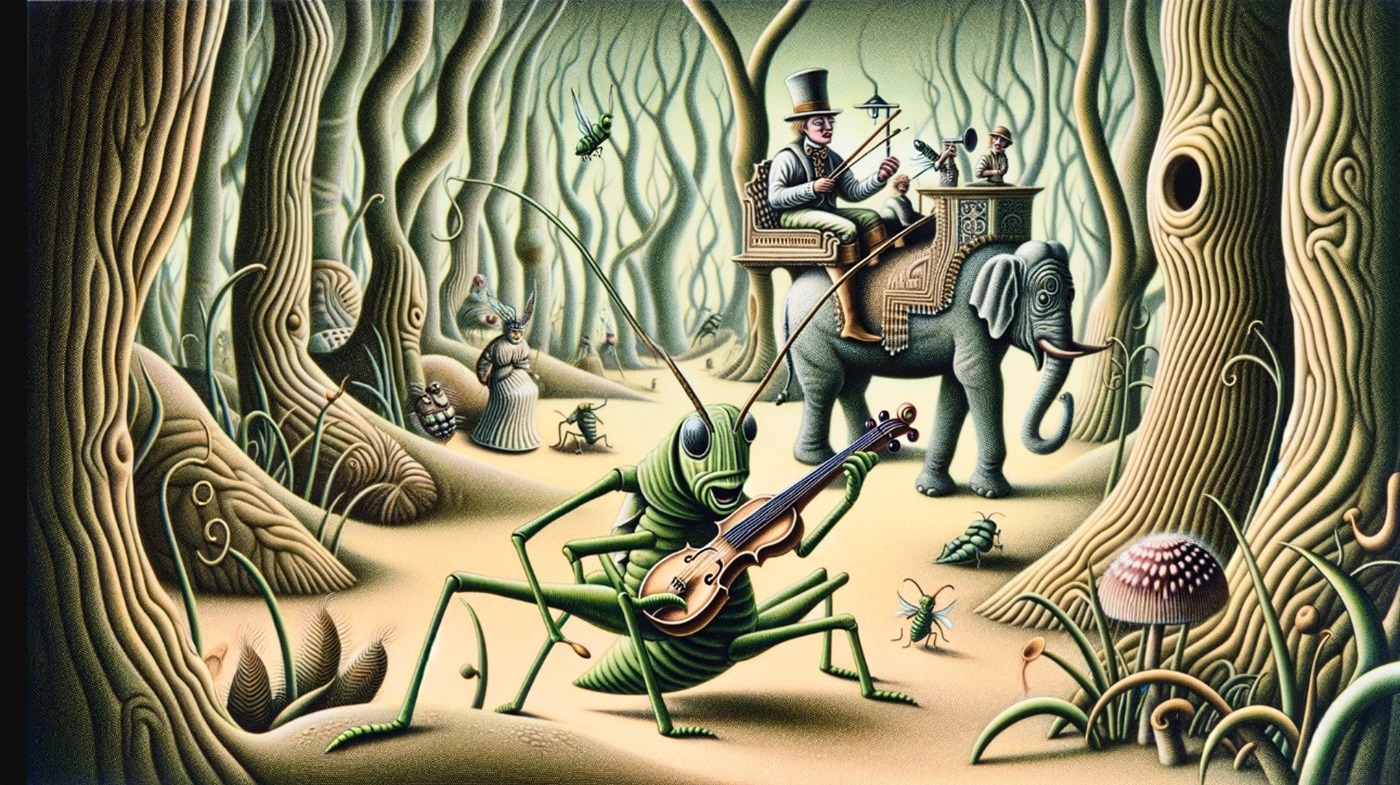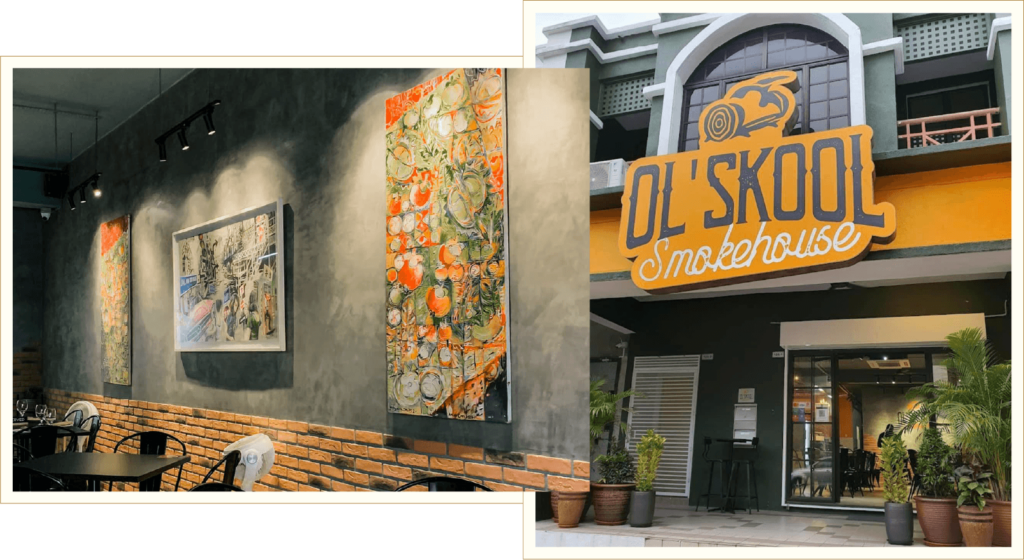Reading is my poison.
When it comes to entertainment, reading is my first choice over watching, listening, or any other activity. When free, I reach for a book, not the remote. I rarely watch online streaming services like Netflix, YouTube, etc. Whether on paper or on screen, I read. I carry at least a book with me wherever I go. When traveling, I pack at least four books—three non-fiction and one fiction—to suit my varying reading moods, even if it makes my bag heavier than necessary.
Among my family and friends, I’m known as a serious reader. I read widely and buy many books, which are scattered throughout my home and even my car.
But it wasn’t always like this. Because of my reputation for reading, some imagine I was a bookworm since young. I was the sort that could boast a respectable and edifying reading history. The sort that immersed himself with wholesome stories published by the likes of Ladybird and Enid Blyton followed by the classics and literary works and thereafter legal and intellectual literature.
What many do not know is how sordid the history of how I came to read was and how deplorable my initial attitude towards books were. It’s nothing to be proud of.
Until the age of twelve, the only literature I enjoyed were those told primarily with pictures. It was still reading right? I mean, if a picture told a thousand words, I was soaking them up by the thousands and pretty damn quick too! The more the pictures, the better the book. If they had my favourite cartoon characters in them, even bettah! The accompanying words were only to help make sense of the pictures if I couldn’t work out what was going on from the picture. If there were more words than picture in a page, I avoided it. Words felt like too much work at the time.
My parents plied me with Ladybirds, Enid Blytons and antiquated teen books. My dad extolled their virtues. He relished describing how the Famous Five enthralled him and inspired his reading when he grew up. I couldn’t tell him then, but I felt none of that when I read those books. I remember a Famous Five book he brought home for me one day and told me it was his favourite. Despite such high recommendation, I lost interest by page five. It was too wordy for me and contained too few illustrations to interest me. This is why I am impressed with any kid under twelve that read books without pictures and literary works. I wished I was that kid.
There was also irony to my early predicament. My father was a great reader and a book freak. He read relentlessly as he bought. My mother read regularly but she was not as hardcore as he was. Because of my father, we had books throughout our Damansara Utama home, where we lived from the early eighties until the mid-nineties.
Outside my room were two long verticle shelves that flanked the computer table. It was stocked with books (the entire Sherlock Holmes collection was stored there with most of the hardcovers) as was the family living room upstairs (where the Brittanica Encyclopedia was stored with the serious fiction) and downstairs in the guest room rounded off the third section of my father’s collection of books. He had a small collection in his bedroom. The shelves in my room had books too but they were mostly picture or cartoon books. I had a shelf reserved for books I was given but had no interest in. That’s where my dad’s Famous Five book to me eventually ended up.
All that changed dramatically and irretrievably in 1987 when I discovered I could learn about sex from books.
Not that I knew what sex was at twelve. I kid you not when I tell you that at that age, I thought people had to get married first before they had a baby, and a stork brought the baby. I bought the cartoon, sanitized, children’s version of how baby’s were made. I never troubled to ask my parents how babies were made. I sensed there was something taboo or forbidden about the topic so asking my parents seemed inappropriate. They never troubled to tell me. Why the heck did a twelve year old need to know about sex anyway?
My curiosity was set ablaze when a relative who stayed with us at the time introduced me to a book she recently finished with a portentous, I think you will find this interesting, especially at the end. At the time, she was moving out of teen fiction into general fiction. The novel was one of her first adult novels: Flowers in the Attic by VC Andrews. It was the first book I read in full. There was not only sex (not a whole lot), but incest as well. Needless to say, the book, the experience and the realisation that I could find out about sex from books completely blew my nascent twelve year old mind.
Finally, there was something worth reading a whole book for!
I set about educating myself. With my new found realisation, I naturally turned to our home library. The thinking went, We had so many damn books, there must be some sex in there! I sought out books with sexy, lascivious or suggestive looking covers. There would invariably be a beautiful and sexy lady or some part of her on the cover, or a good looking couple in some lascivious embrace. If the cover suggested sex, chances are the pages contained them.
I was surprised and immensely pleased to find a collection of such adult novels in our home library. I came to be familiar, perhaps a bit too familiar, with the works of Sidney Sheldon, Harold Robbins, Eric van Lustbader, Jackie Collins, and other such writers known for their intensely arousing and completely impossible sex scenes. Even though it has been more than thirty years ago, I still recall a description of a scene from Collin’s book ‘Lucky’. In that scene, the male lover felches Lucky Santangelo, the protagonist, after bringing her to an explosive multiple orgasm. I remember my twelve year old mind thinking as I read the scene, Wow, he must be thirsty and didn’t even need a straw! Is this real? I have come a long way since then.
Though I discovered those books, at first, I did not read them in their entirety. Instead, I skimmed the pages to look for keywords. Any words suggesting or reating to genitalia or copulation indicated a sex scene or one about to happen. Once I discovered it I would dive in like a happy dolphin and swim about for a few paragraphs (or pages if you read Collins).
But the cover method of identifying sex scenes in books, though generally successful, had its shortcomings. Sometimes the cover or the title of the book misled me. I would flip through 300+ pages without even so much as a sliver of skin or a sentence of sex. Eventually, I began to work out that sex scenes rarely happened early in the book. It happened often around the 1/3rd mark of the book. If there wasn’t one by the 2/3rd mark of the book, the chances of one occuring after that were incredibly low.
I refined my methodology not just with my home library but with every book shop I visted and other’s people’s collections when the opportunity presented itself. I discovered that it was easy to find sex scenes in bookstore books because there were other filthy minded bastards like me around who sought out such books and only homed in on the sex scene. I don’t know whether it happens in these days of video and free porn, but during my time you will notice creases at certain parts of the book spines of the authors I mentioned earlier. Those creases indicated where the site of the sex scenes. They were creased because they were opened to more frequently than other parts of the book and held open for longer. I classed those the Perused Books.
By the time I was fifteen, I learned far more about sex (and how to go about it) than I ever would from my formal education. I was so immersed in it that I even fancied myself a theoretical sexologist and could anticipate the quality of sex scene from the cover of the book and the notoreity of the author.
My methodology came under severe challenge one day when the class nerds, who also indulged in such literary pleasures, and I (wbo was also categorised as a nerd even though my grades didn’t reflect it) had an intense discussion about the books we read and the scenes we found. I forget now which book it was but one of the nerds and I got into a particularly heated argument about how many scenes there were in it. I claimed there were three. He insisted there were four. These were matters of great reputation import. I remember rushing home incensed to verify his claims only to be appalled to discover he was right and I was wrong.
How could I miss that?! I thought angrily to myself. That incident casted serious doubt on the thoroughness and accuracy of my methodology. It left me feeling insecure; insecure because there may be many more scenes I may have overlooked. From that point on, I told myself I would henceforth read every page on a book to ensure I did not miss anything. No more skimming or divining. Every word, sentence and paragraph would be read. I wasn’t going to miss a thing.
As I approached my sixteenth year, I grew bored and muak (sick, disgusted) reading such adult novels. Around that time, I began exploring classic literature, initially through the Penguin published translated works of Dumas, Maupassant, Laclos, Rostandt and Flaubert. Dumas’ Three Musketeers was the first book I devoured in three days, finishing at three in the morning only to feel a desire to re-read the book again. The next few years were devoted to reading the classic English and American writers and with some movement to contemporary fiction, which dominated my twenties. I loved the classics because they were well written, contained profound insights and experiences about human nature and stimulated me far more powerfully and deeply than any adult novel could. They also taught me there was more to read and discover besides sex.
It was around my mid-twenties I explored translated Asian and European writers and got into non-fiction more heavily. Before that I was exclusively fiction. The first non-fiction book I read was M Scott Peck’s ‘The Road Less Travelled’. Since then, I am predominantly a non-fiction reader. I naturally reach for books on current affairs, psychology, science, and biographies, compared to fiction. I am more deliberate and discerning about my choice of fiction. Ironically, I now thoroughly abhore sex scenes in literature. I prefer them hinted at than described in lurid detail.
It leaves my imagination some work to do instead of telling my mind what to picture.
Though I have not returned to the authors and adult novels of my youth, and I think that unlikely in the foreseeable future, I am grateful for them. Eric van Lustbader was necessary for me to get in touch with the likes of the Bronte sisters, Kafka, Wordsworth, Dostoevsky and Zweig. For that I thank all those famous and obscure writers of sex scenes for sparking my interest and inculcating my reading development and habits.
Having reflected on my reading history, my conclusion is there are many paths to the discovering the joys of reading and it is not how we begin, but how we end. We may start in the mud but could find ourselves up a mountain. Just because we grew up with pictures, does not mean we cannot be proficient with words. We should not judge a book by its cover as we should not judge a person by how they came to read. And just because we did not like to read, does not mean we would not love it later.
I believe deeply that those of us that do not like or enjoy reading simply haven’t found Dhat Boohke.
Once we do, our lives will change irretrievably and become richer for it.
Related Posts
- Right up to the hilt | From the Atelier
Jun Kit was recommended to me by a friend who saw my call out for…
- The Legal Savants and The Uninclined
I have come to the view that there is a spectrum of people in legal…
- Lawyers and 'Lawyers' | From the Atelier
I saw Delia Razak's profile on Instagram and liked her style of art. I looked…
- My ability to type fast | From the Atelier
I followed Zee Tan's work on Facebook before I got around to approaching him for…
- Mentoring the Mediocre
For a long time now, I have not been discerning about whom I teach. The…







